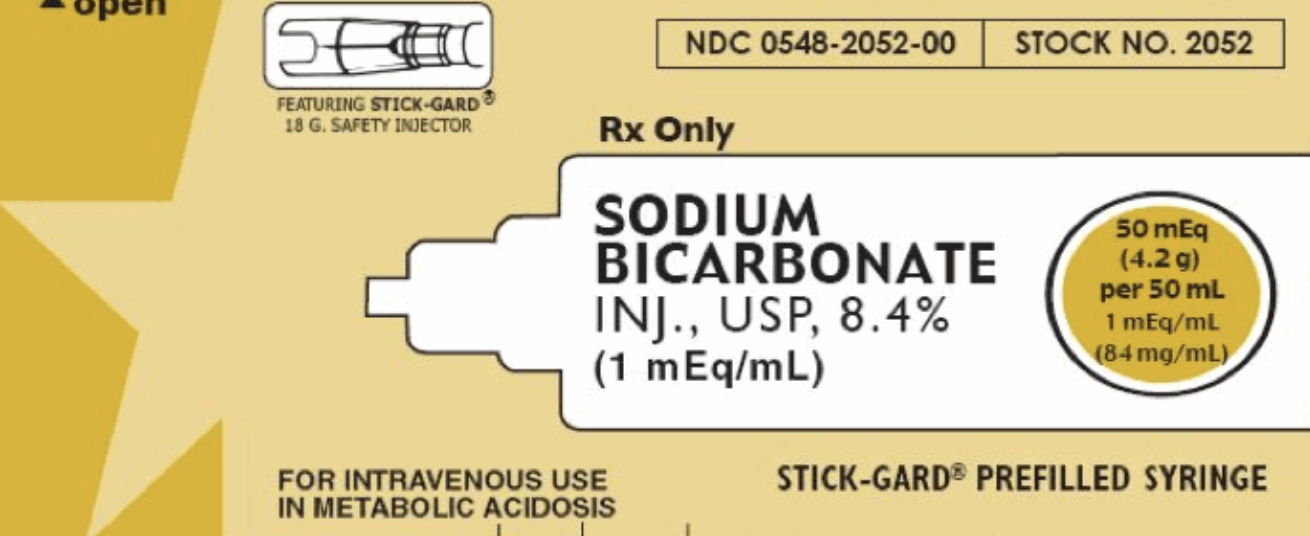Today, I’ll be touching on kidney failure and the reimbursement structure in the United States. As we all know, there’s been decades of debate regarding universal healthcare in the US. However, dialysis is different – lucky for you, your kidneys are completely covered under Medicare.
What part of kidney disease is covered under Medicare?
In 1972, President Nixon and Congress signed a bill ensuring free dialysis and renal transplants for US citizens. On average, Medicare covers 80% of dialysis costs. Medicare covers most of the costs for kidney transplants, and Medicare B covers 80% of immunosuppressant medication costs.
Quick stats:
Roughly 750,000 people in the US have kidney failure.
~550K patients get dialysis each year, and the numbers each year keep rising.
~200K patients have kidney transplants in the US.
Over 100,000 patients are on the kidney transplant list. ~20-22K patients get kidney transplants each year.
What’s the cost to Medicare?
On average, each dialysis patient costs Medicare about $90,000/year. This totals $28 billion/ year, and composes roughly 7% of Medicare spending.
The racial disparities:
African Americans represent 35% of dialysis patients, despite making up only 13% of the US population. Hispanics/Latinos, Native Americans, and Pacific Islanders are also much more likely to have kidney disease.
Types of dialysis:
There are two types of dialysis: hemodialysis and peritoneal dialysis. About 90% of US patients get hemodialysis in the US.
~12% of ESRD patients receive HD at home in the US, while the remainder receive it at dialysis centers. Not all countries work like this. Some countries favor peritoneal dialysis at home. For reference, over 80% of ESRD patients get peritoneal dialysis at home in Hong Kong.
The controversies:
I’m not going into the controversies too much about in-center dialysis. You can quickly Google it, or ask John Oliver about it. Just a few things to note: the US has some of the highest mortality rates for ESRD patients in the world, despite the highest spending. Shocking, I know. There are some theories about this:
Per federal guidelines, a doctor does not need to present at the HD center.
Only one nurse must be present at the facility. Many for-profit dialysis centers have minimal staffing.
Quick patient turnover leading to poor sanitation practices and higher infection rates.
Morbidity & mortality:
Not surprisingly, kidney failure portends a bad prognosis. There’s a 20% mortality rate within 1 year of starting HD, with a large fraction falling into the initial 90 day period. The 5 year survival rate is about 50%.
On the other hand, kidney transplant receivers have a survival rate > 80% over 5 years.
The 2 most common causes of death for dialysis patients are:
#1 Cardiovascular disease and sudden cardiac death
#2 bacteremia (26x higher risk than the general population)
¾ are from gram+ bacteria. Most commonly from Staph Aureus, MRSA, Staph epidermidis.
Also gram- ¼ of the time: E Coli, Klebsiella.
Tell me more about home hemodialysis?
There are three types of *home* hemodialysis (not peritoneal dialysis.) It takes a bit of legwork for a patient to arrange this, but it is possible.
Conventional home HD: Q2D, 3-4 hours long; just like the center
Short daily home HD: 5-7 times per week, lasting about 2-3 hours
Nocturnal home HD: QD or Q2D, lasting roughly 6-8 hours
****If there is ANYTHING to take away from this post, please remember this:****
Some patients are never informed about kidney transplants. I recommend quickly having a conversation with your dialysis patients to ensure they are educated about it. As you can see from above, there’s a huge survival benefit. Patients have to contact a transplant center to get added to the waitlist: https://optn.transplant.hrsa.gov/about/search-membership/
References:

